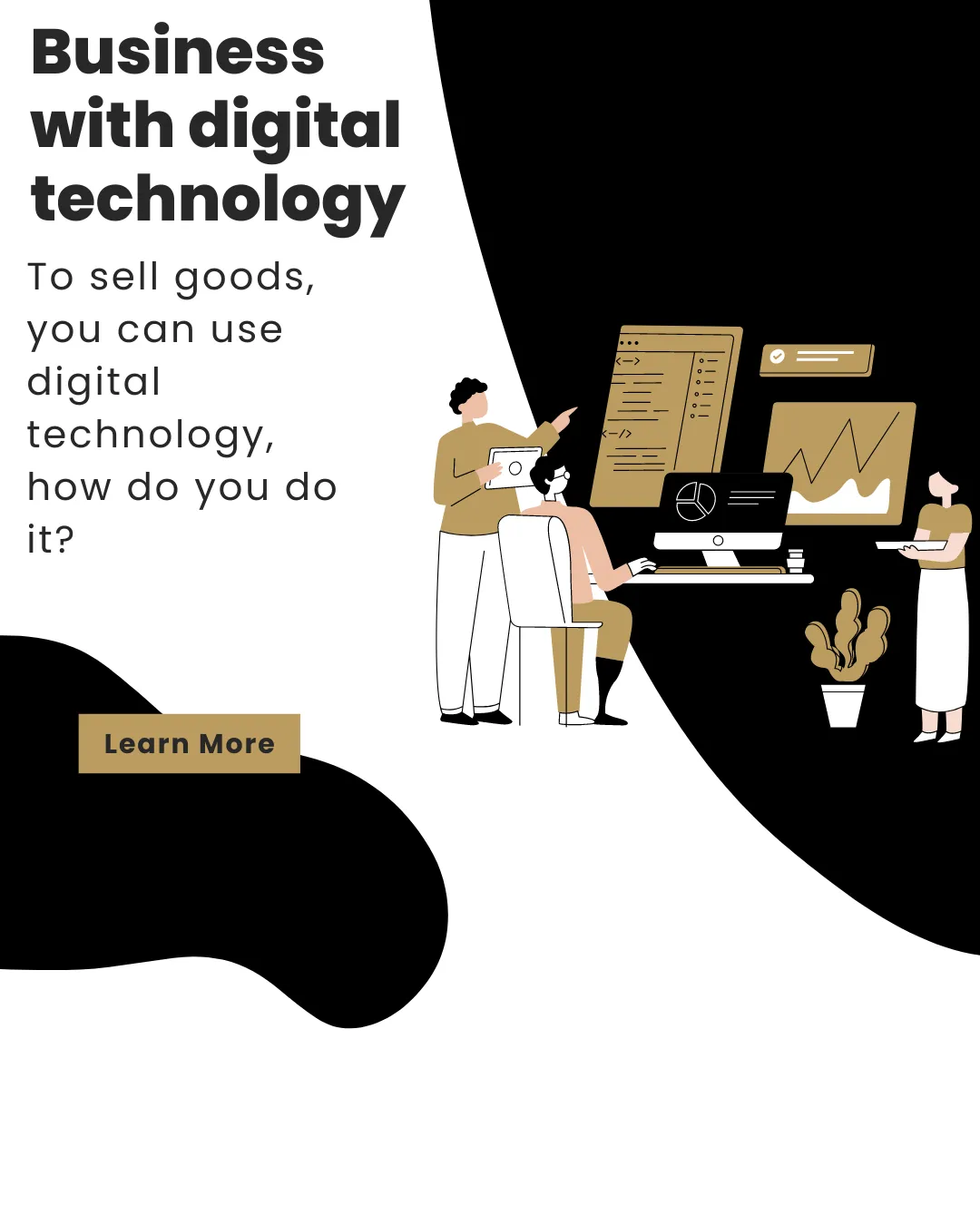1 min read Business with Digital Technology: A Designer's Journey into the Digital Frontier

In the rapidly evolving landscape of the design industry, the integration of digital technology has become more than a trend—it's a transformative force that shapes the way designers operate, collaborate, and thrive. For those navigating the realms of creativity and commerce, understanding how to harness the power of digital technology is not just a choice; it's a strategic imperative. Join us on a journey into the digital frontier as we explore the symbiotic relationship between design and technology, and how it can propel your business to new heights.
1. Digital Tools: Amplifying Creativity and Efficiency
The advent of digital tools has revolutionized the design process. From graphic design software to 3D modeling applications, designers now have a vast array of tools at their disposal to bring their creative visions to life. These tools not only amplify creativity but also enhance efficiency, allowing designers to iterate, experiment, and refine their work with unprecedented speed.
2. Virtual Collaboration: Breaking Geographical Barriers
Digital technology has transformed collaboration into a virtual endeavor. Design teams can now seamlessly collaborate across continents, breaking down geographical barriers. Cloud-based project management tools, virtual meetings, and collaborative platforms have become integral to the modern design workflow, enabling teams to work cohesively regardless of their physical locations.
3. E-Commerce Integration: Designers in the Online Marketplace
The rise of e-commerce has opened new avenues for designers to showcase and sell their creations. Digital platforms provide a global marketplace where designers can connect with clients, market their services, and even sell digital assets. Understanding the nuances of e-commerce platforms and digital marketing strategies has become essential for designers looking to turn their passion into a profitable venture.
4. Augmented and Virtual Reality: Designing Immersive Experiences
Augmented Reality (AR) and Virtual Reality (VR) are reshaping the way we experience design. From virtual showrooms to augmented reality filters, designers are leveraging these technologies to create immersive and interactive experiences. Whether it's visualizing interior spaces or allowing customers to "try on" virtual products, AR and VR are pushing the boundaries of design possibilities.
5. Data-Driven Decision-Making: Designing with Insights
In the digital era, data is a powerful ally for designers. Analytics tools provide insights into user behavior, helping designers make informed decisions about user experience, content strategy, and design preferences. By embracing data-driven design, businesses can optimize their digital presence and create tailored experiences that resonate with their target audience.
6. Social Media and Digital Marketing: Building Brand Presence
Social media platforms have become the digital canvases where designers showcase their work and build a brand presence. From Instagram to Pinterest, designers leverage these platforms to connect with a global audience, gain exposure, and attract potential clients. Digital marketing strategies, including content creation and influencer collaborations, play a crucial role in establishing a strong online presence.
7. Cybersecurity: Safeguarding Digital Assets
As digital technology becomes integral to design businesses, safeguarding digital assets is paramount. Designers must be vigilant about cybersecurity, protecting their intellectual property, client information, and sensitive data. Implementing robust cybersecurity measures ensures the longevity and trustworthiness of a design business in the digital realm.
Conclusion: Navigating the Digital Landscape with Confidence
In the marriage of design and digital technology, possibilities abound. As designers embrace the digital frontier, they gain the tools to amplify creativity, connect with a global audience, and build successful businesses. Navigating this landscape with confidence requires a keen understanding of digital tools, e-commerce strategies, and the ever-evolving realm of technology. The journey into the digital frontier is not just a leap—it's a strategic evolution that positions designers at the forefront of innovation, where creativity and technology converge to shape the future of design business.





































































